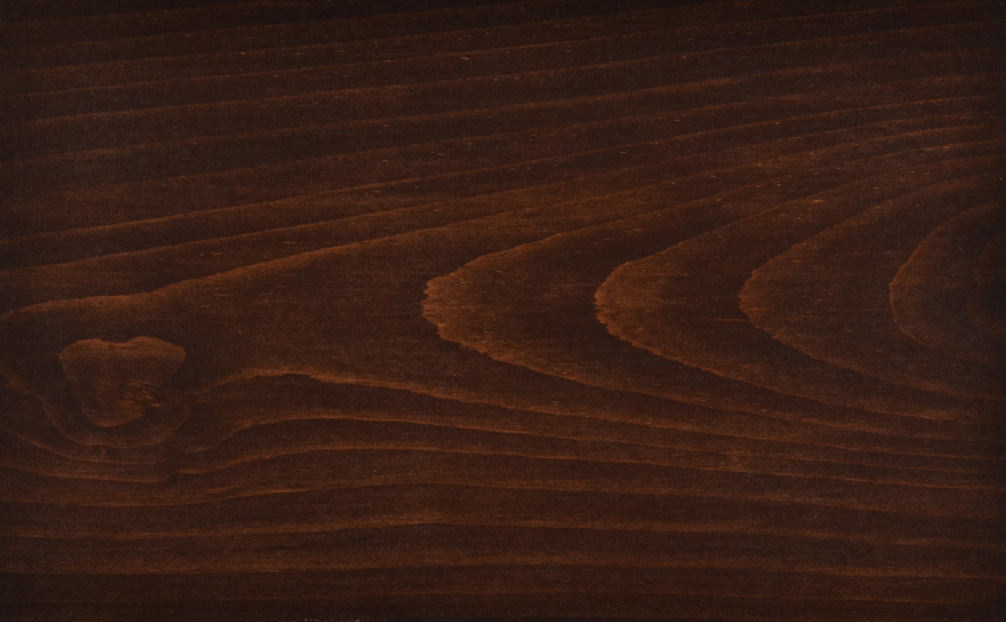wood finishing grit
Use 60- or 80-grit for aggressive, fast wood removal. use 100-grit for all-purpose sanding and 120 or 180 for the finest finish, but follow power-tool sanding with hand sanding. power tools leave. We generally use this grit when first smoothing pine, redwood, & cedar. lastly, enamel paints and polyurethane don’t require the wood to be sanded beyond p120. the only exception would be a clear satin finish, in which case you may want to eliminate any scratches left on the wood with p150 or p180.. What is sandpaper grit? grit on sandpaper refers to the size of the abrasive material used to remove wood or metal. the lower the number (eg. 24 grit vs. 220 grit) the larger the size of the abrasive. and the faster the sandpaper will be at removing material. the best grit for sanding wood is dependent on the tool you’re using.. wood finishing grit
Yorkshire grit polishing paste. i’ve been wanting to make my own finishing wax/paste for wooden bowls. i’ve read and watched a handful of videos on how to make the sanding paste. it really didn’t seem to hard and others seem to get some awesome results with using these types of sanding and finishing pastes. basically it is: 1. beeswax 2. The sandpaper selected for the final sanding stage affects the colour of stained wood, and therefore when staining is part of finishing avoid sanding the wood to a very smooth finish. on the other hand, according to nagyszalanczy if you are using an oil-based finish, it is desirable to sand the wood using higher grit sandpaper (400 grit.
